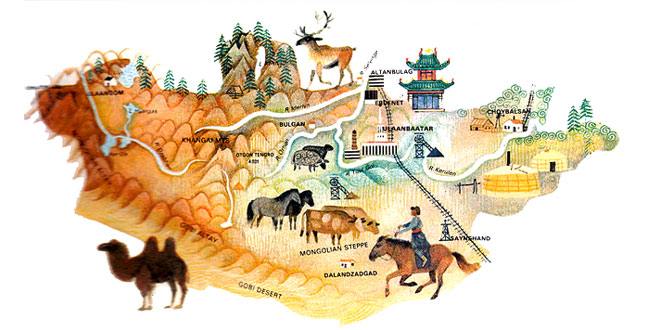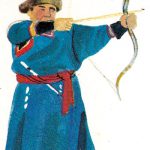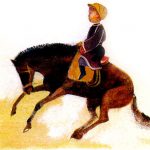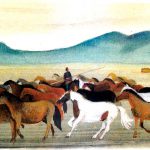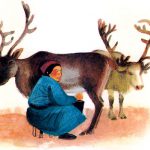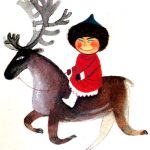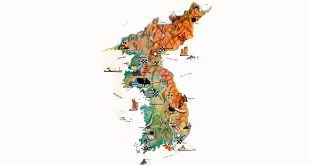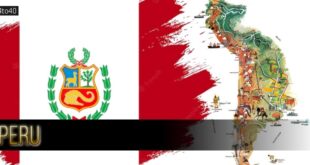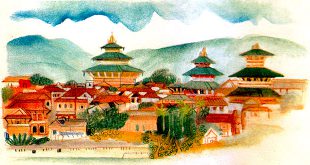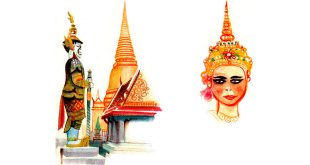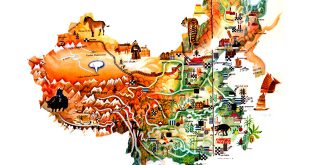Capital: Ulan Bator
Location: Mongolia is a landlocked country in Central Asia; it has borders with the Russia to the north, and China to the south, east and west
Area: 1,565,000 sq km
National composition: Mongols (over 90%), minorities include Kazakhs, Uighurs, Tuvinians and Chinese
Religion: Lamaist Buddhism
Official language: Mongolian
Currency: Tugrik = 100 mongo
Administrative divisions: 21 provinces
Other major cities: Darkhan, Erdenet
Highest elevation: Chujtun in the Mongolian Altay range
Chief rivers: Selenga, Kerulen
Largest lakes: Khobsogol (Koso), Ubsa, Hyargas
Climate: Continental; dry, cold winters; short, hot summers with a little precipitation
Mongolia is largely a featureless plateau divided into several parts by rugged mountain ranges. The entire south-west is occupied by the stony Gobi Desert and arid steppe. Wild animals include the saiga antelope, gazelle, wolf and various rodents.
Agriculture employs more than half of the work-force. Pastoral agriculture is the leading activity and there are large herds of cattle, sheep, goats, horses, camels and yaks. Some cereals, potatoes and animal fodder are also grown.
Industry employs more than one-fifth of the work-force. Mining is important, because Mongolia has deposits of coal, metal ores, oil and natural gas, precious stones, building materials, and rock salt. Manufacturing is on a small scale. Processed farm products are the main manufactures.
 Kids Portal For Parents India Kids Network
Kids Portal For Parents India Kids Network
